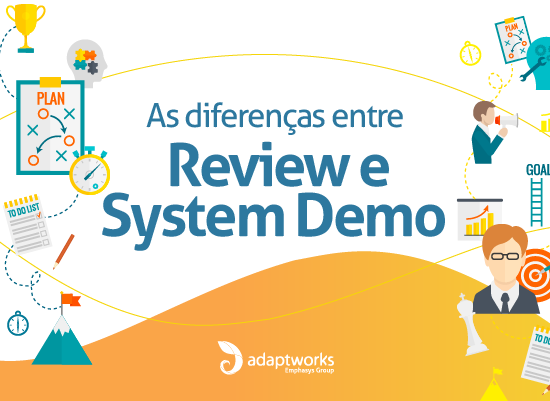Quem já trabalha com agilidade, e mais intensamente com o framework Scrum, já deve ter ouvido o termo “Spike”, um tipo de demanda exploratória que ronda o backlog. Pois bem, este não é exatamente o conceito que iremos abordar aqui, mas certamente ele irá ajudar no entendimento dos “Enablers”, algo bastante similar que existe no SAFe.
O termo “Spike”, por mais que, geralmente, seja mais conhecido dentro do framework Scrum, é na verdade originário do XP – Extreme Programming, uma outra prática muito importante da agilidade. Conforme a referência do próprio Extreme Programming, Spike é um processo para explorar soluções potenciais: é um tipo de demanda utilizada para reduzir o risco de problemas técnicos ou de desenho, habilitando que uma demanda de valor seja comprometida para desenvolvimento após uma ação prévia de averiguação da viabilidade, dúvidas e demais grandes riscos relacionados à incerteza.
Por sua vez, o SAFe traz os “Enablers”, que são as demandas habilitadoras. O conceito é parecido com o que vimos até então para o “Spike”, no entanto com maior amplitude e características. Dentro do Scaled Agile Framework, os Enablers são vistos como itens de backlog que sustentam o modelo arquitetural das soluções em desenvolvimento, habilitando ou melhorando a performance das entregas de valor. Na maioria das vezes, são necessidades mais técnicas, mas podendo sofrer variações dependendo do contexto da organização e natureza dos times.
Para entendermos um pouco melhor, vejamos os quatro tipos de Enablers possíveis:
- Exploração: Necessidade de pesquisa, prototipagem e outras atividades necessárias para entender o que os clientes precisam.
- Arquitetural: Utilizado para construção e suporte ao modelo de arquitetura sistêmica, o que habilita o desenvolvimento de soluções de negócio com a alavanca de tecnologia.
- Infraestrutura: Criação, otimização e garantia dos ambientes e dos sistemas para que as soluções sejam desenvolvidas e mantidas ativas e estáveis.
- Compliance: Atividades de cunho regulatório, auditorias e políticas internas de compliance.
Por fim, vale a pena ressaltar que os Enablers podem existir em todos os níveis de backlog que o SAFe comporta, ou seja: no Portfólio como habilitadores dos Épicos; na solução ou no Agile Release Train, como habilitadores das Capabilities ou Features; e no Time, como habilitadores das Stories. Isso vai depender da complexidade, tamanho e incerteza envolvidos na execução da demanda habilitadora, que irá afetar o esforço e o tempo investido nas ações.
E você, já se deparou com a necessidade de conduzir muitos Enablers? É justo dizer que o backlog deve conter mais demandas diretas de valor do que habilitadoras, mas as vezes não tem como fugir destas investigações, ou, em outros tantos casos, elas são essenciais para que possamos confirmar um valor de fato, do jeito mais seguro possível! Conta pra gente suas experiências…
Referências:
- https://scaledagileframework.com/enablers/
- http://www.extremeprogramming.org/rules/spike.html



